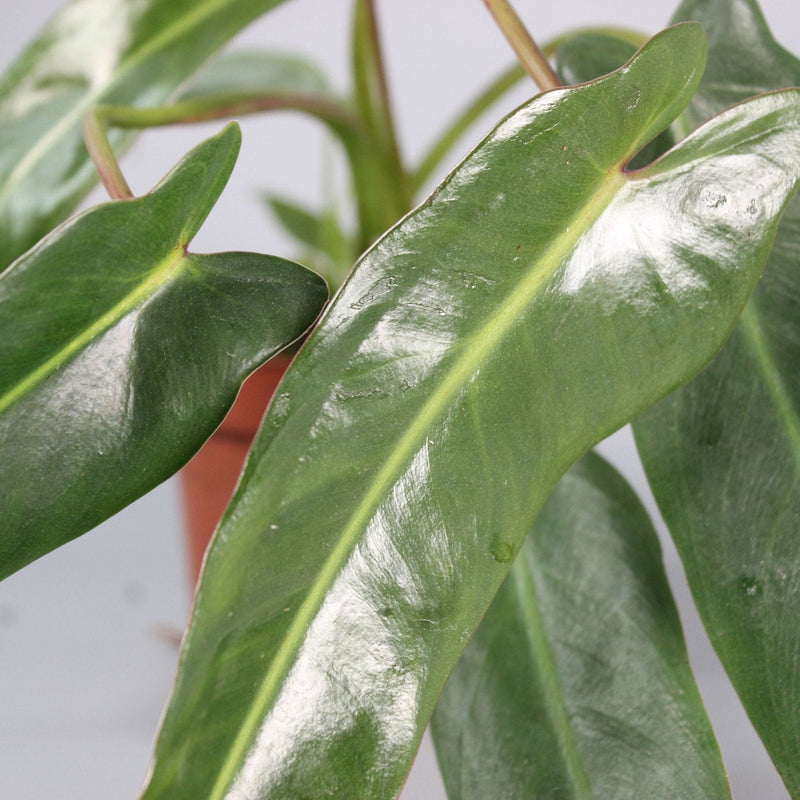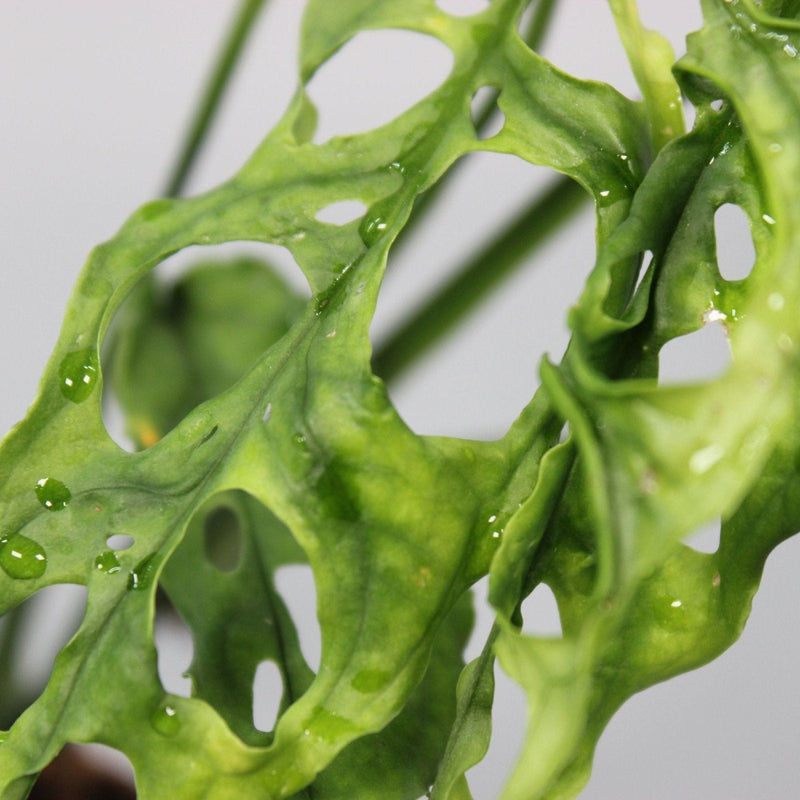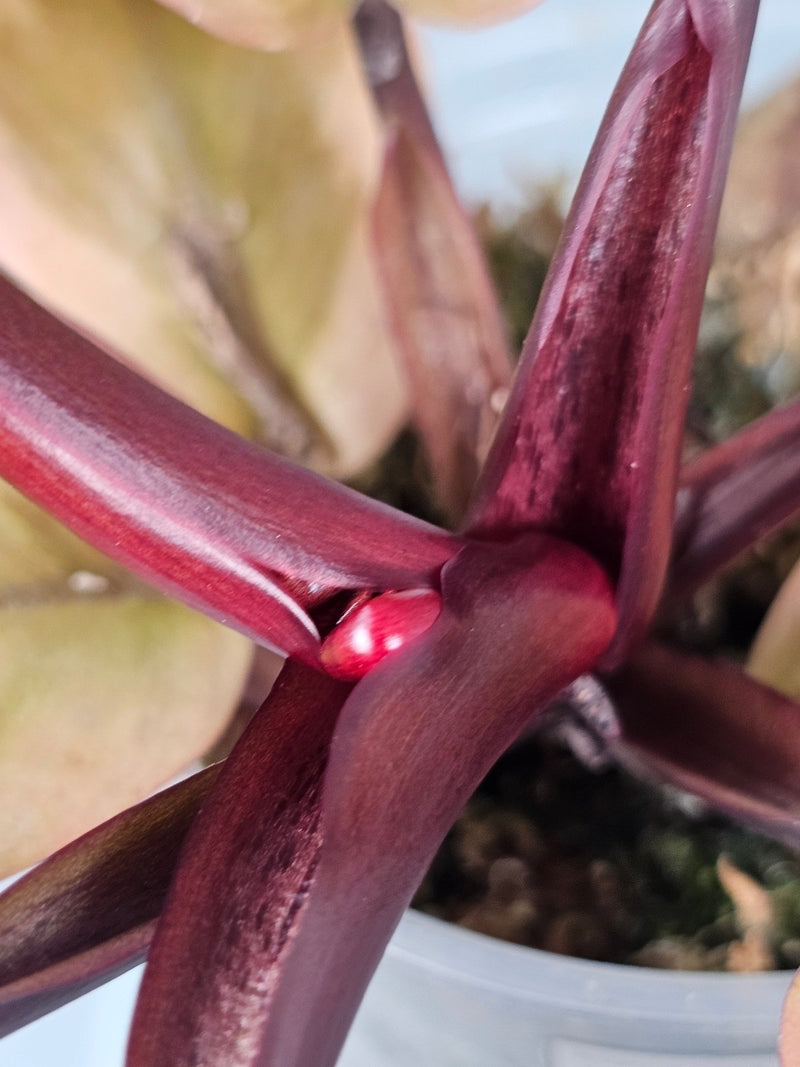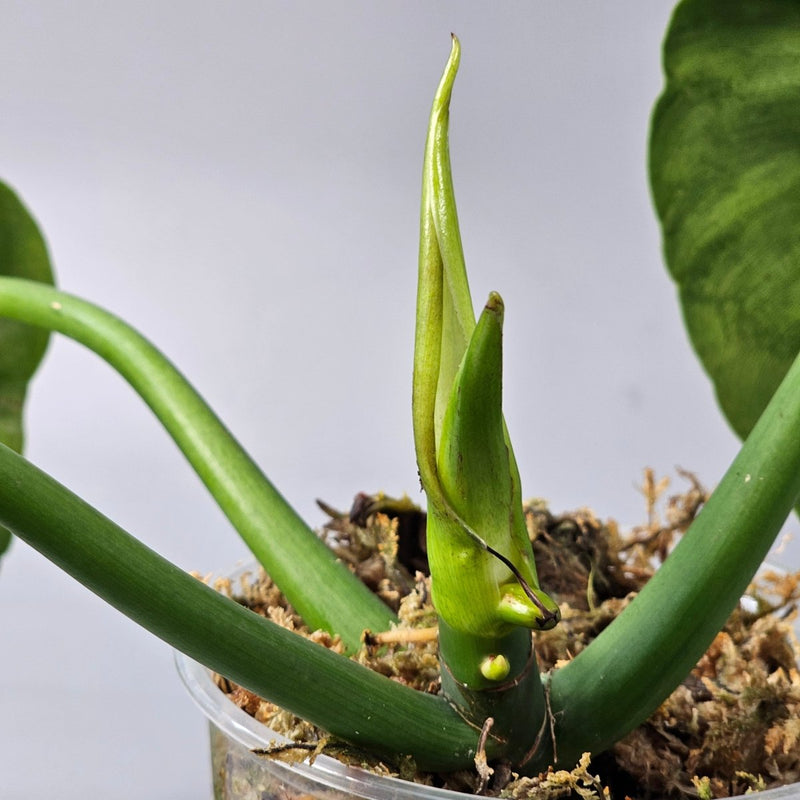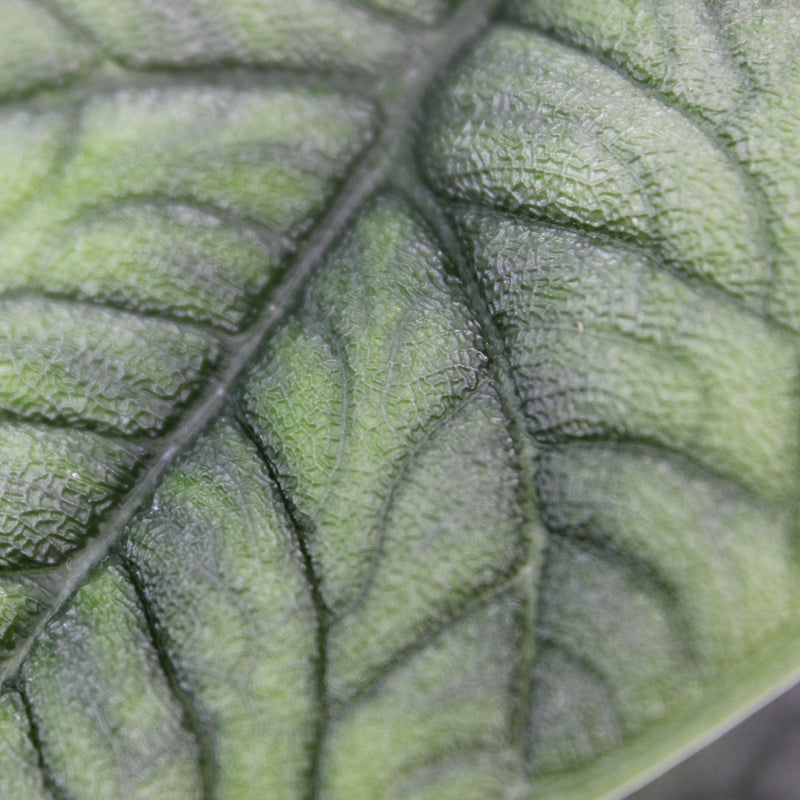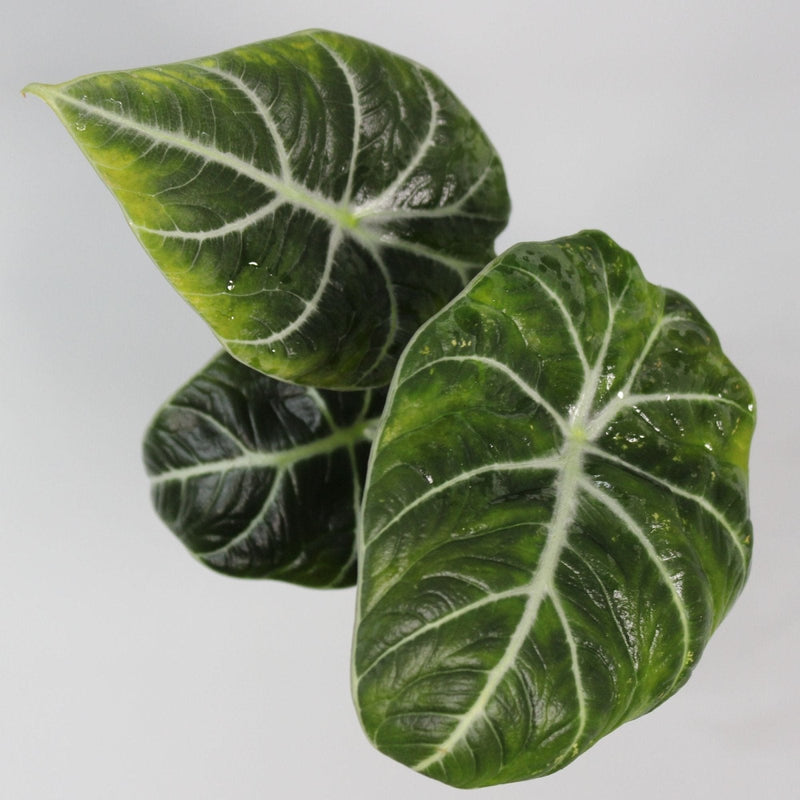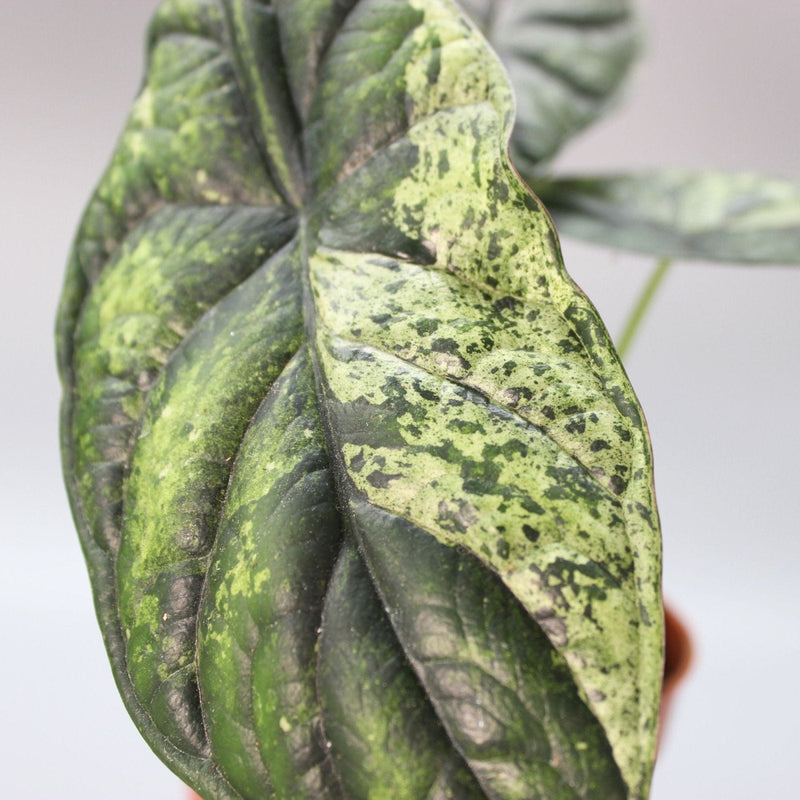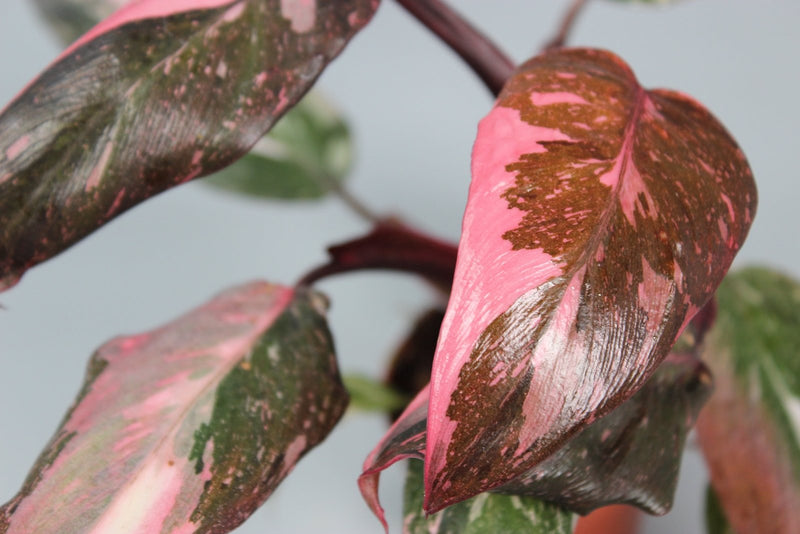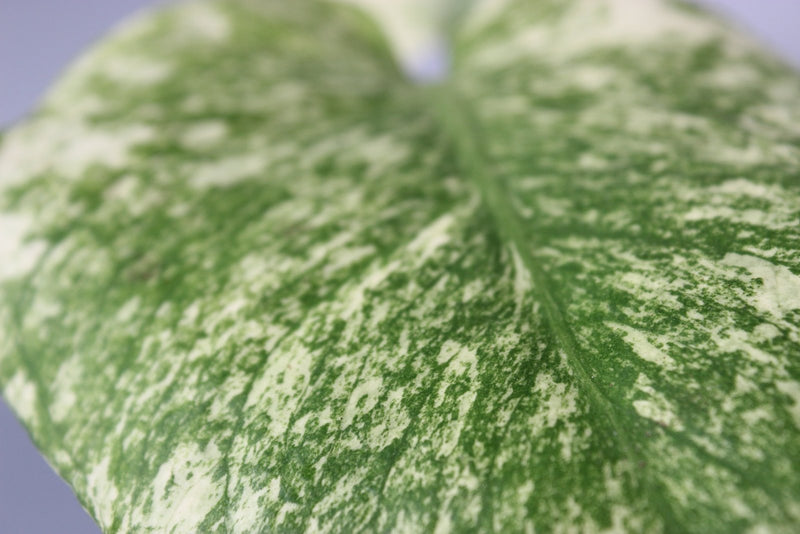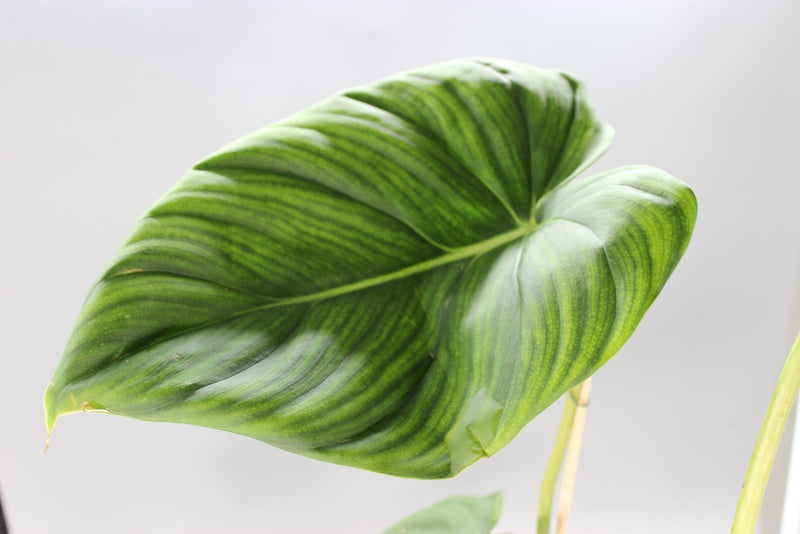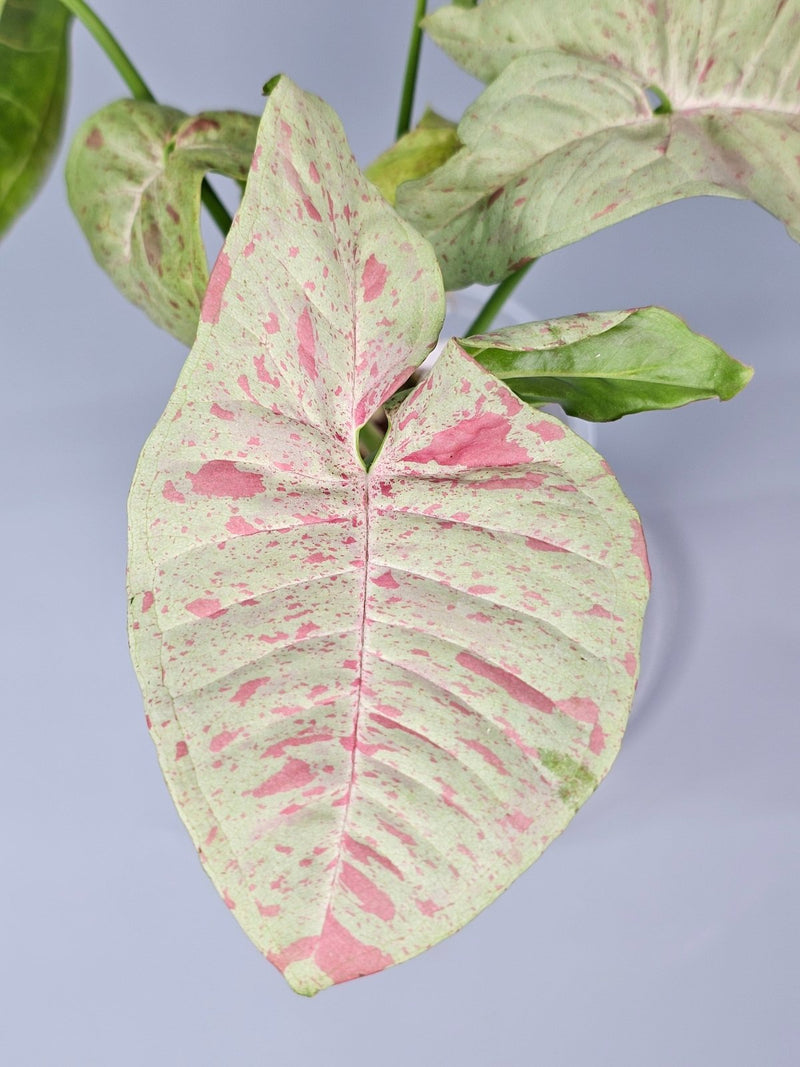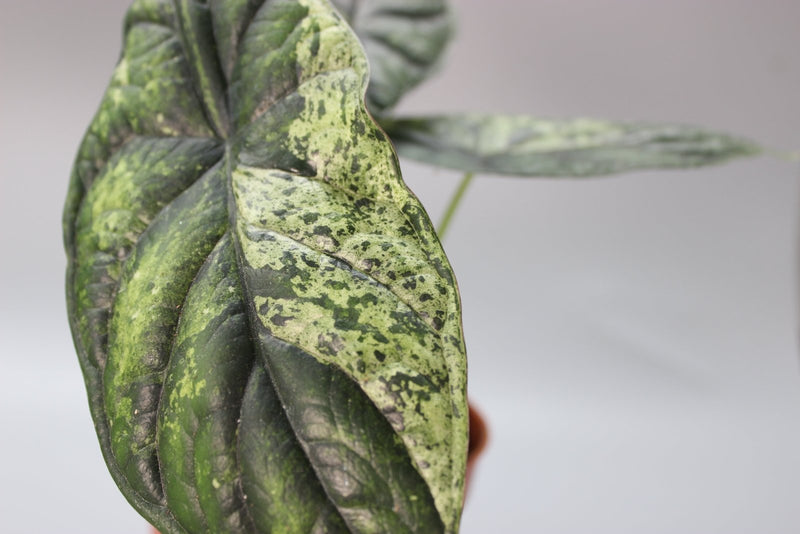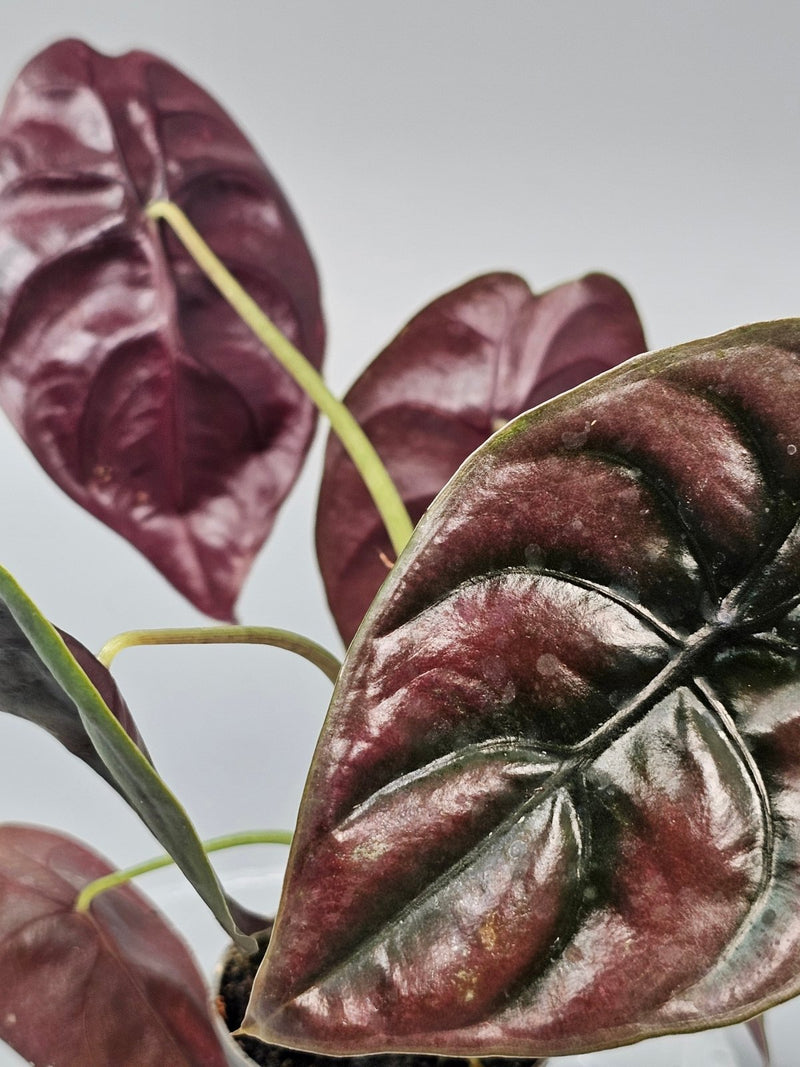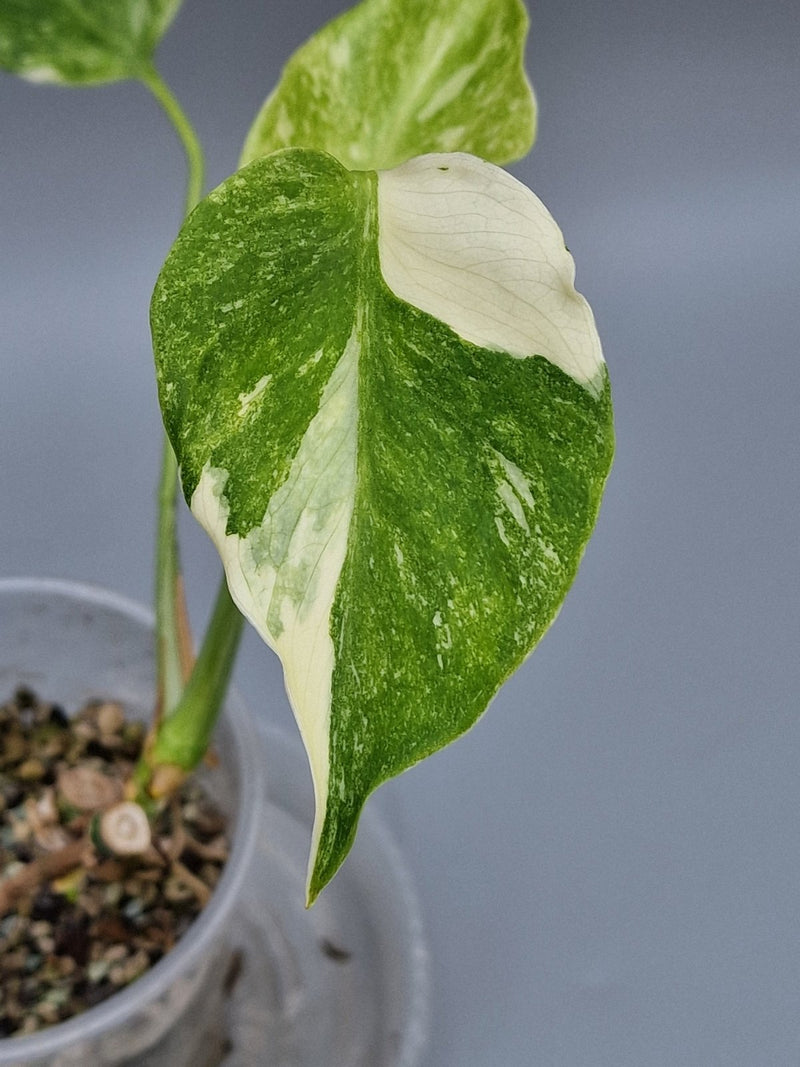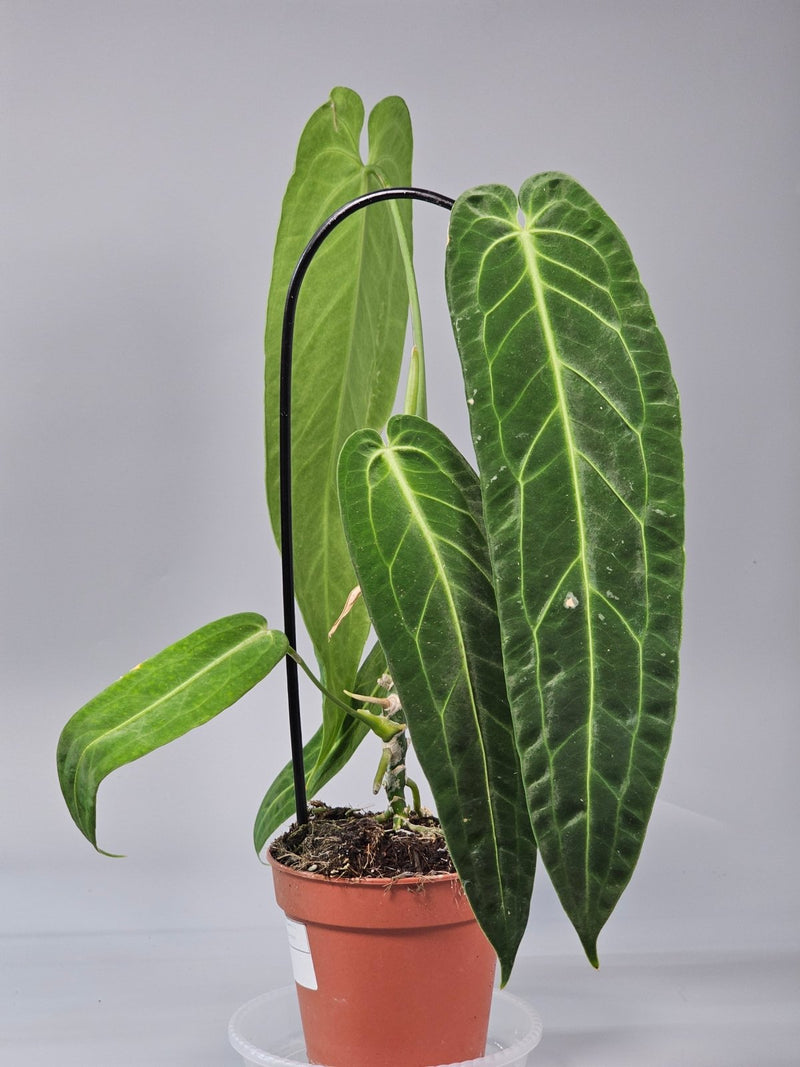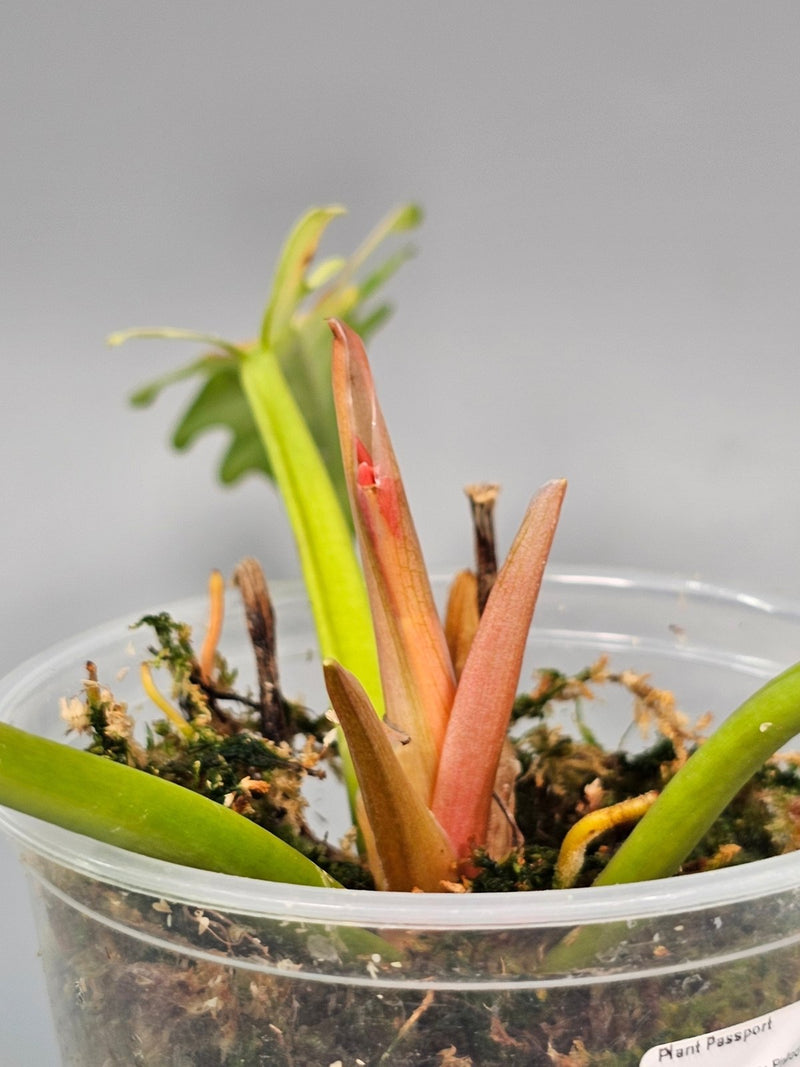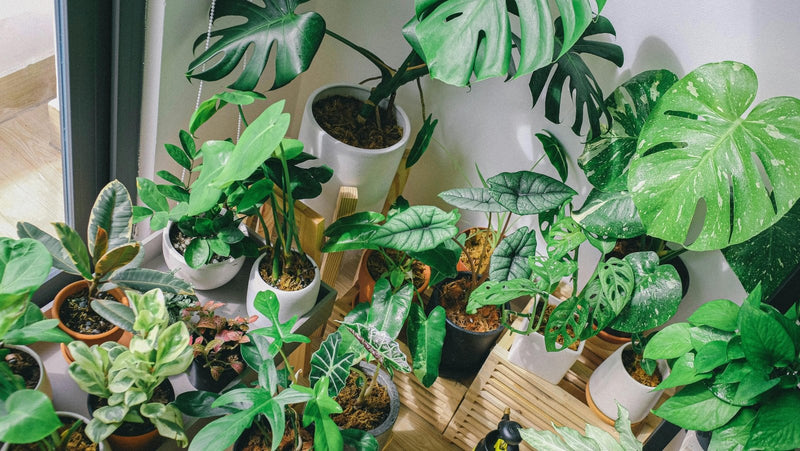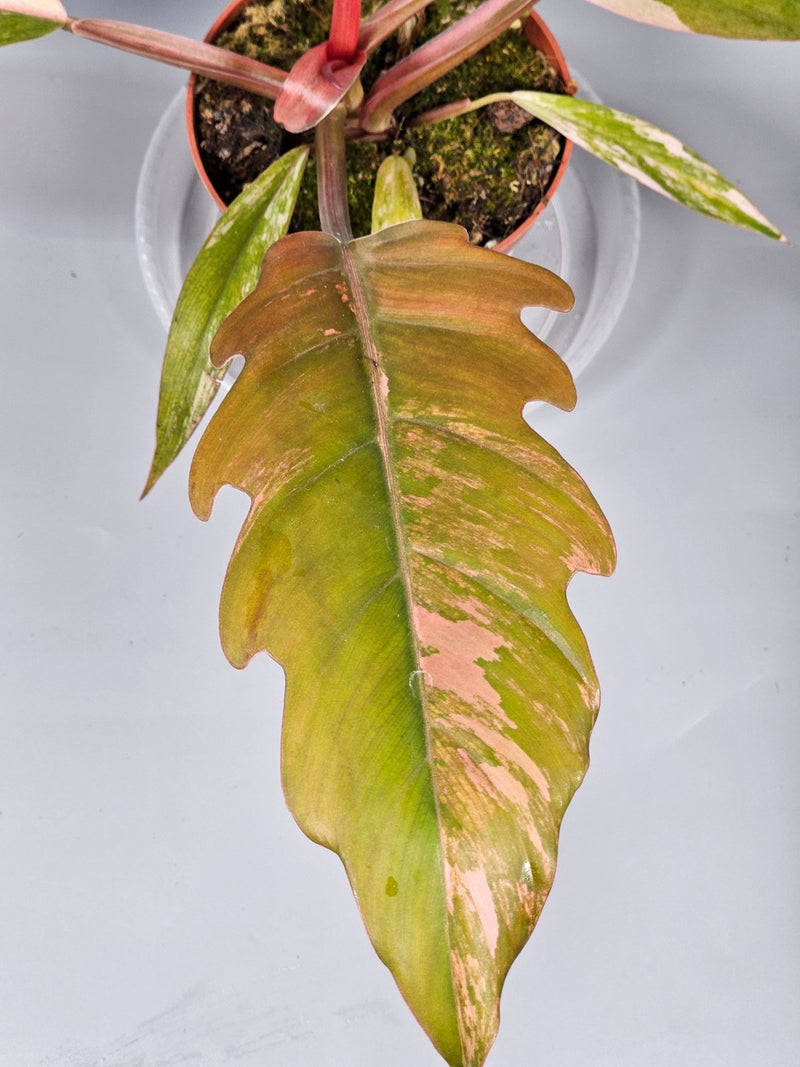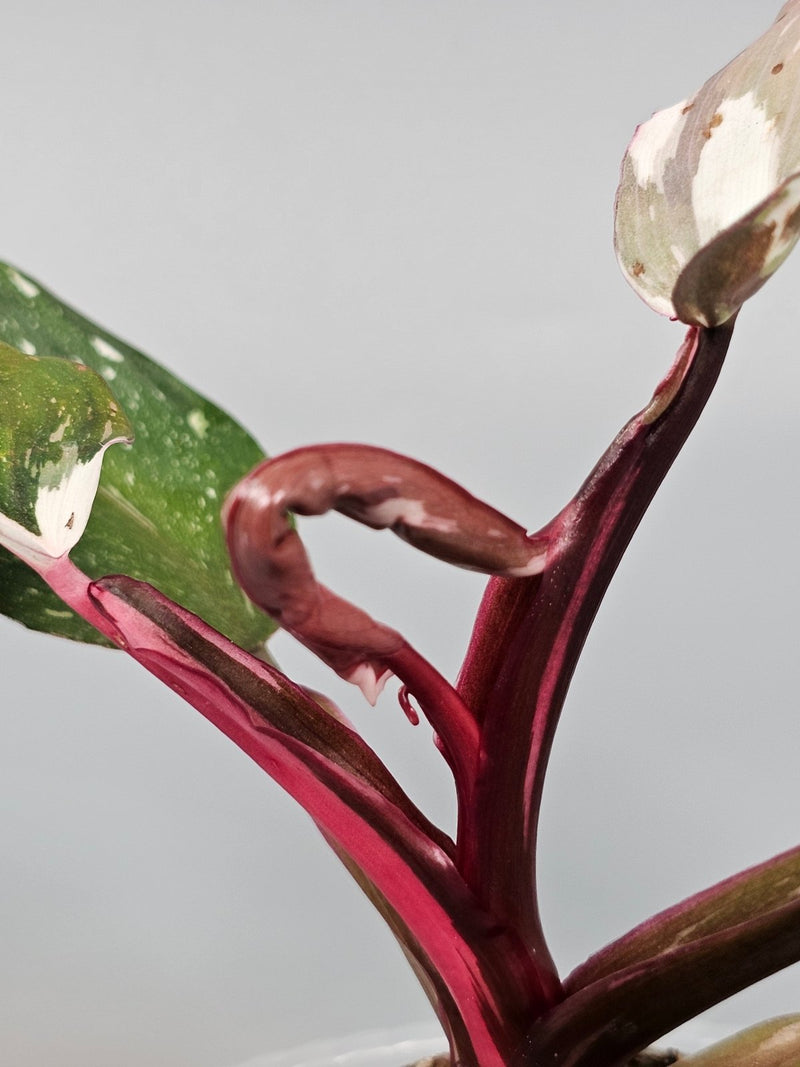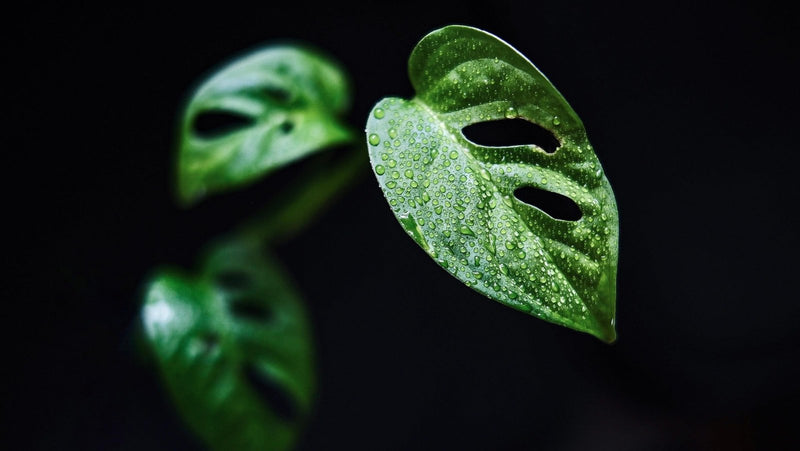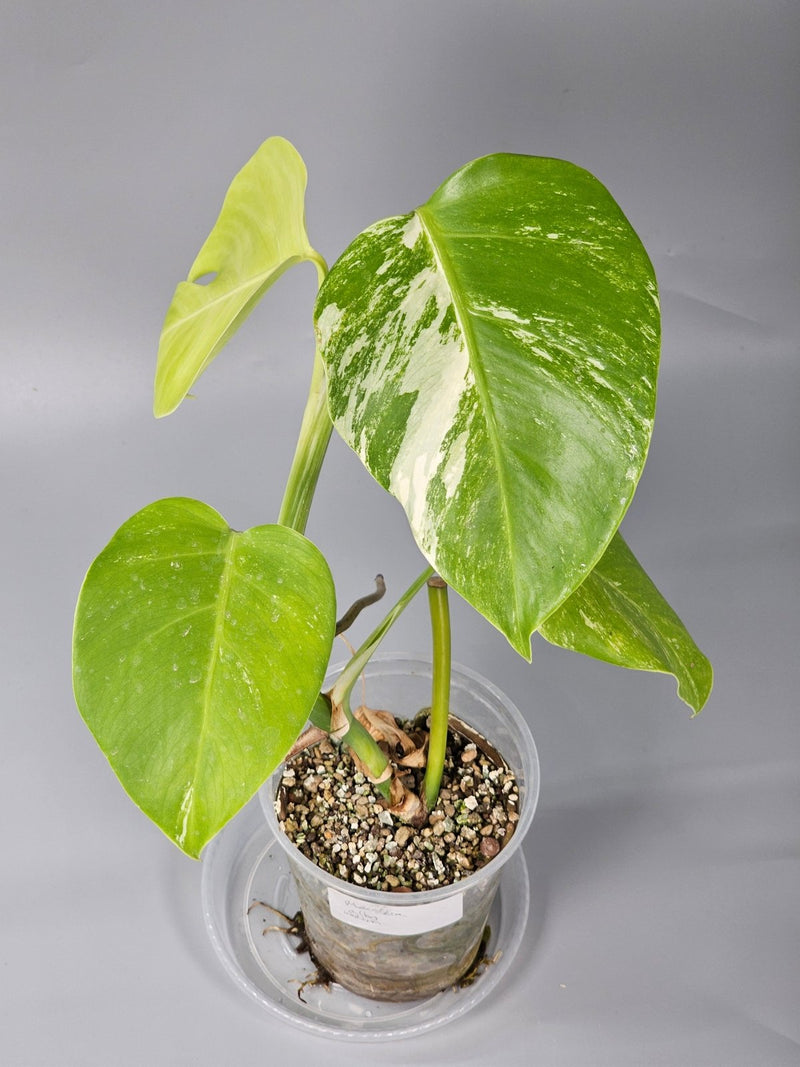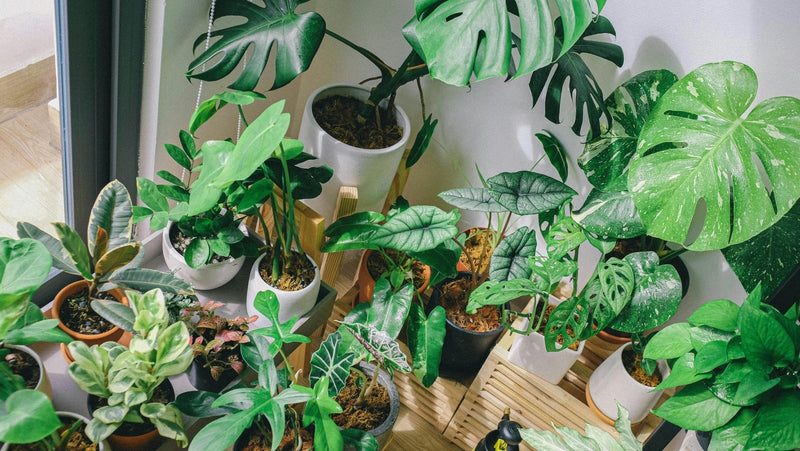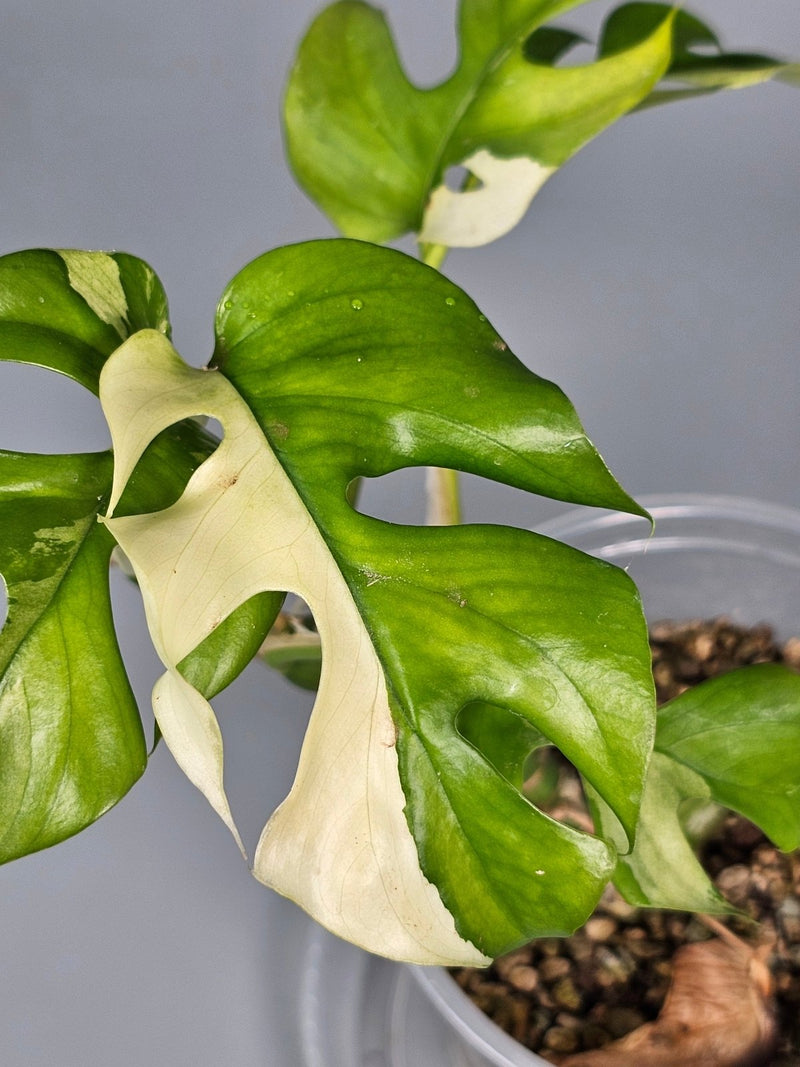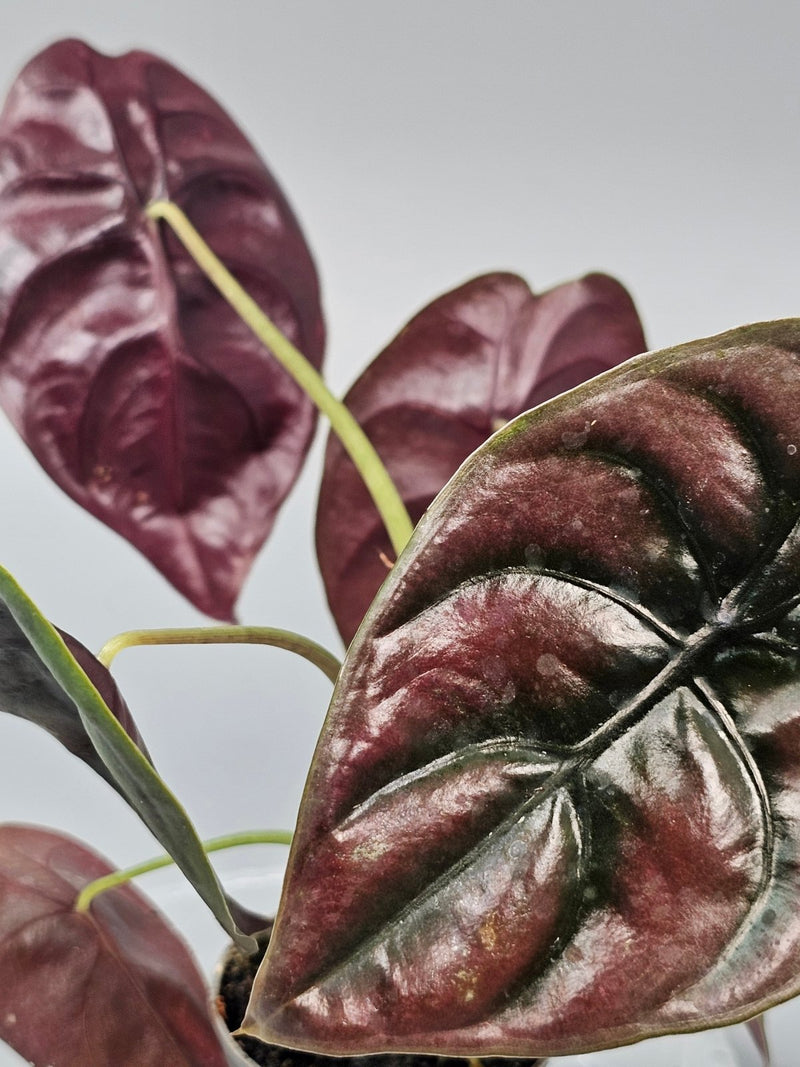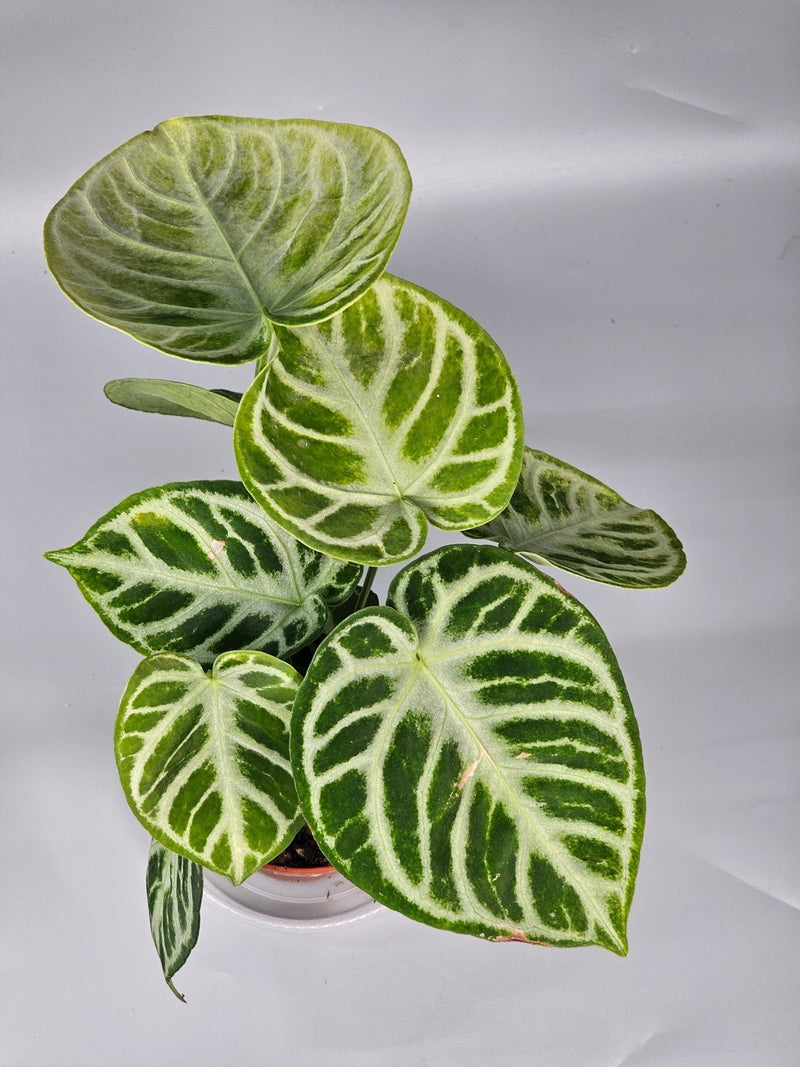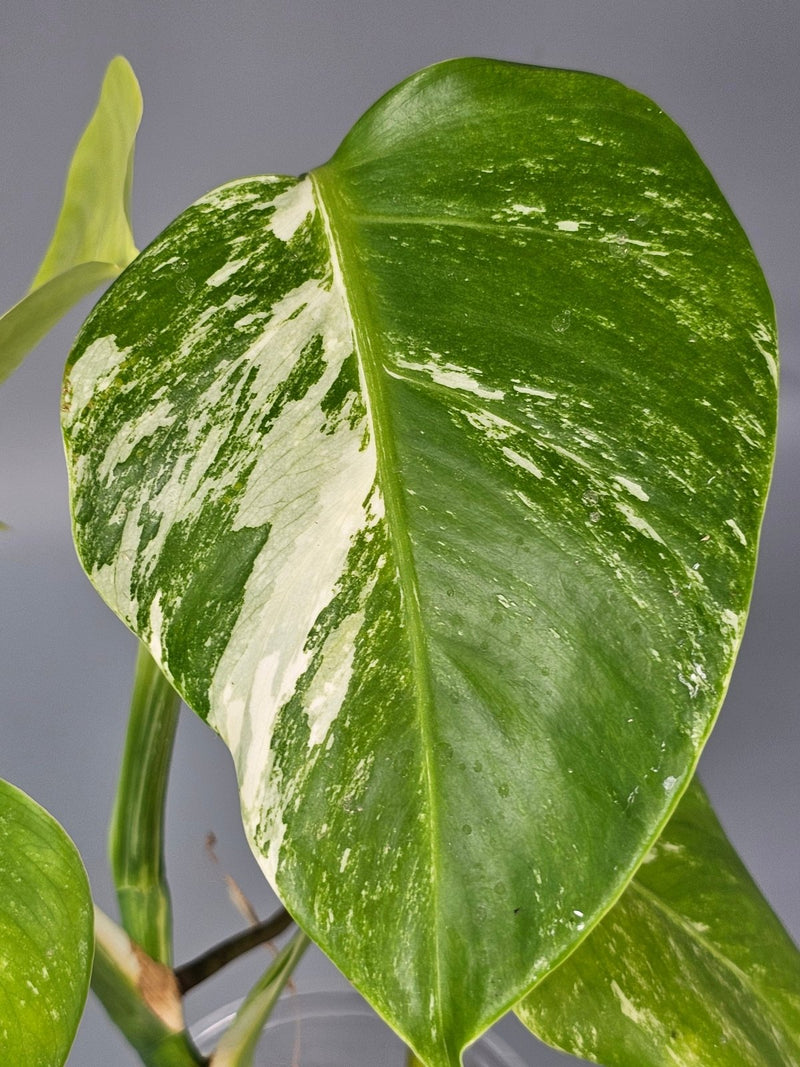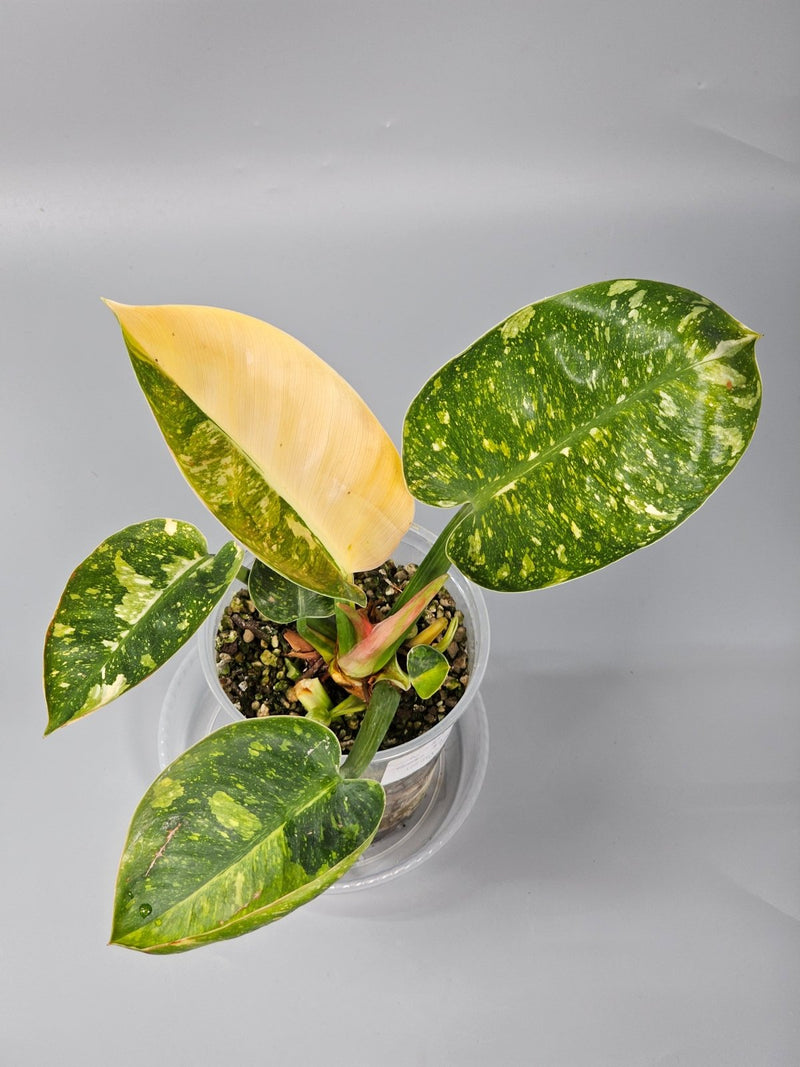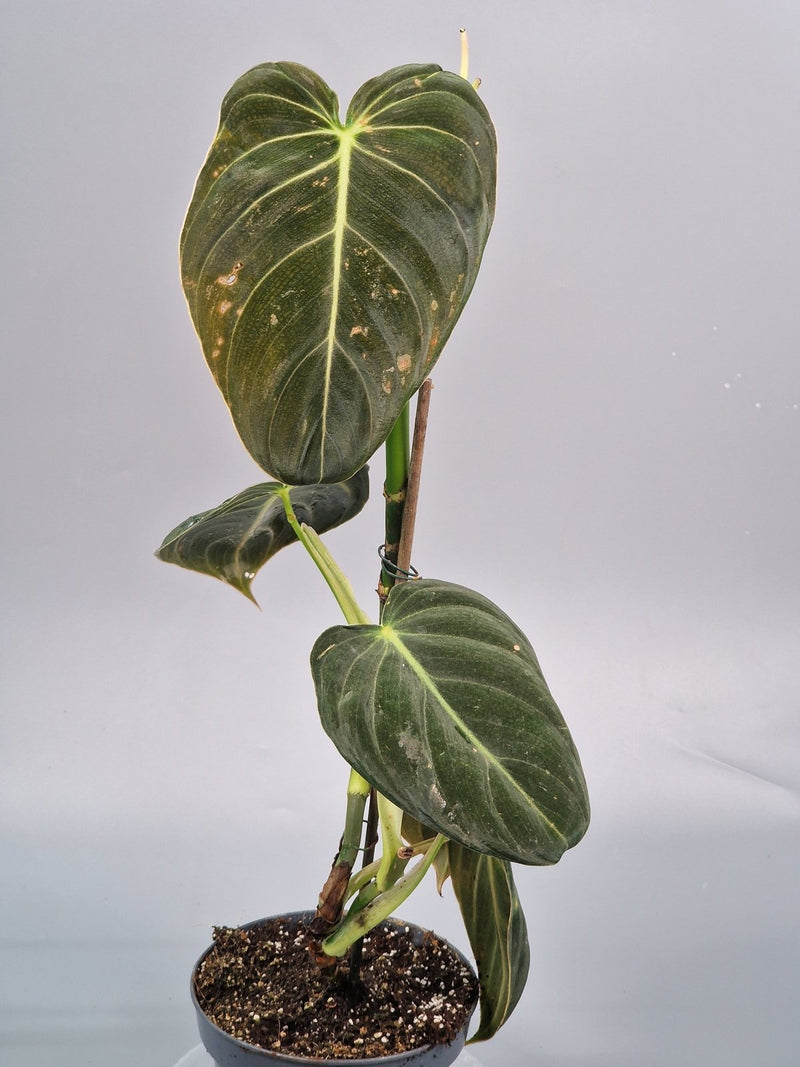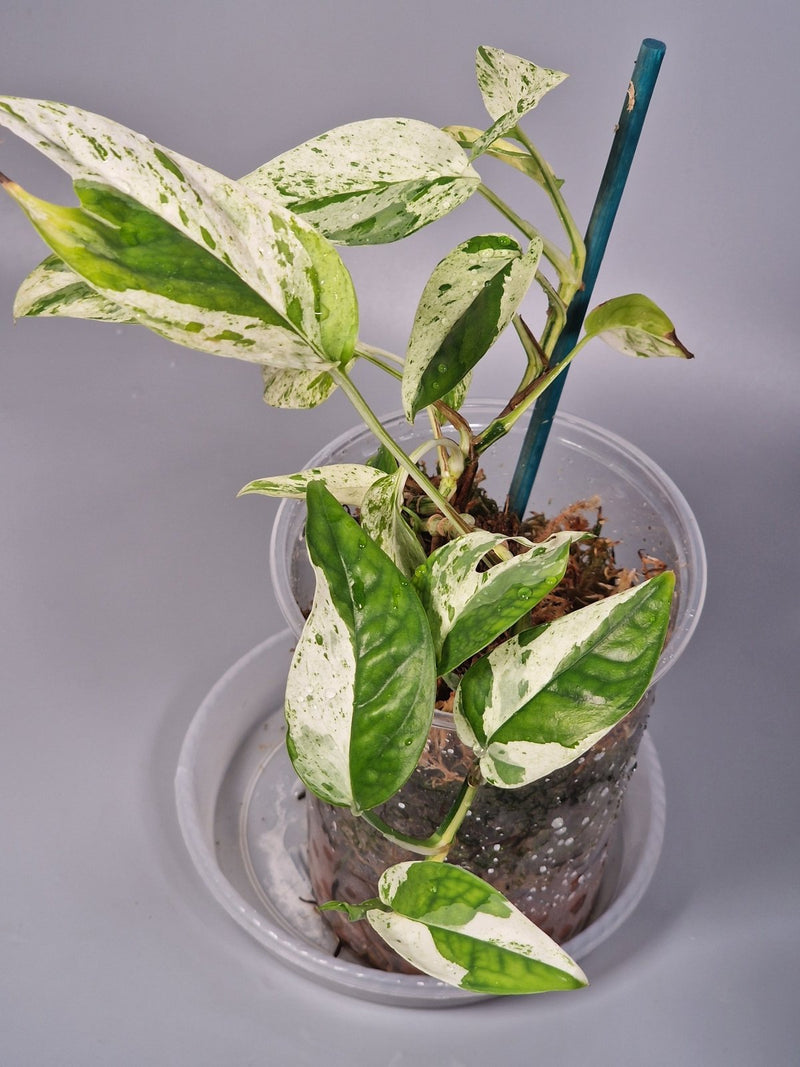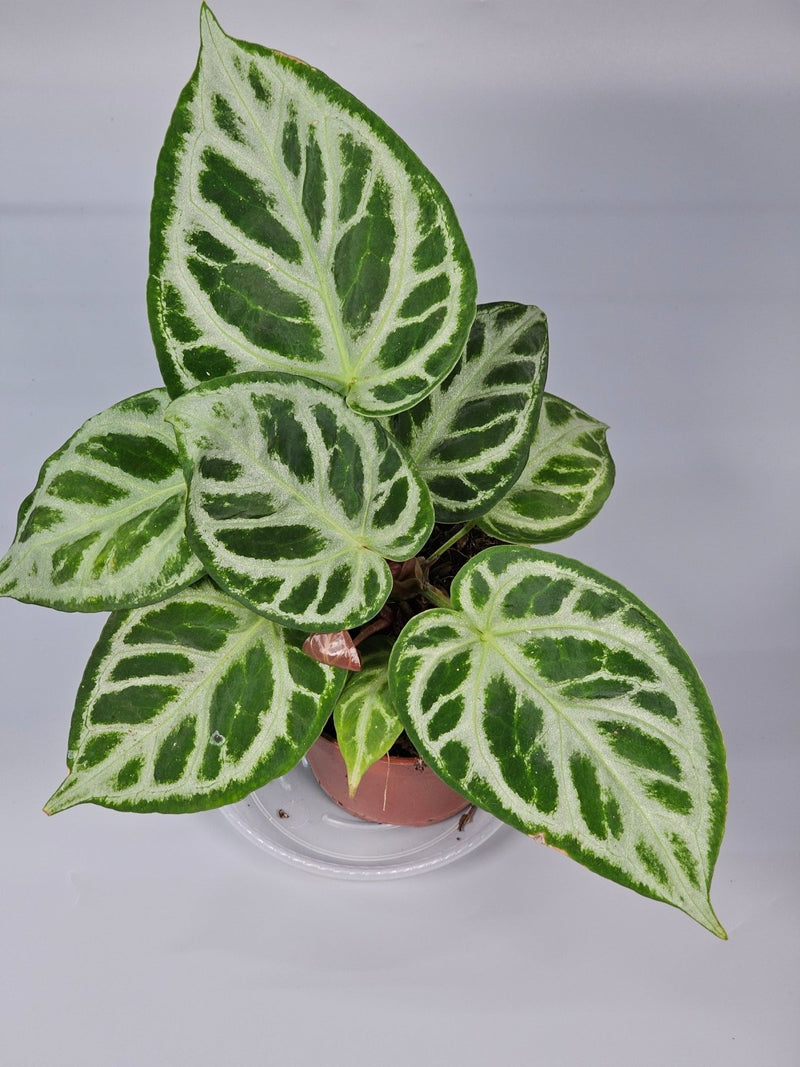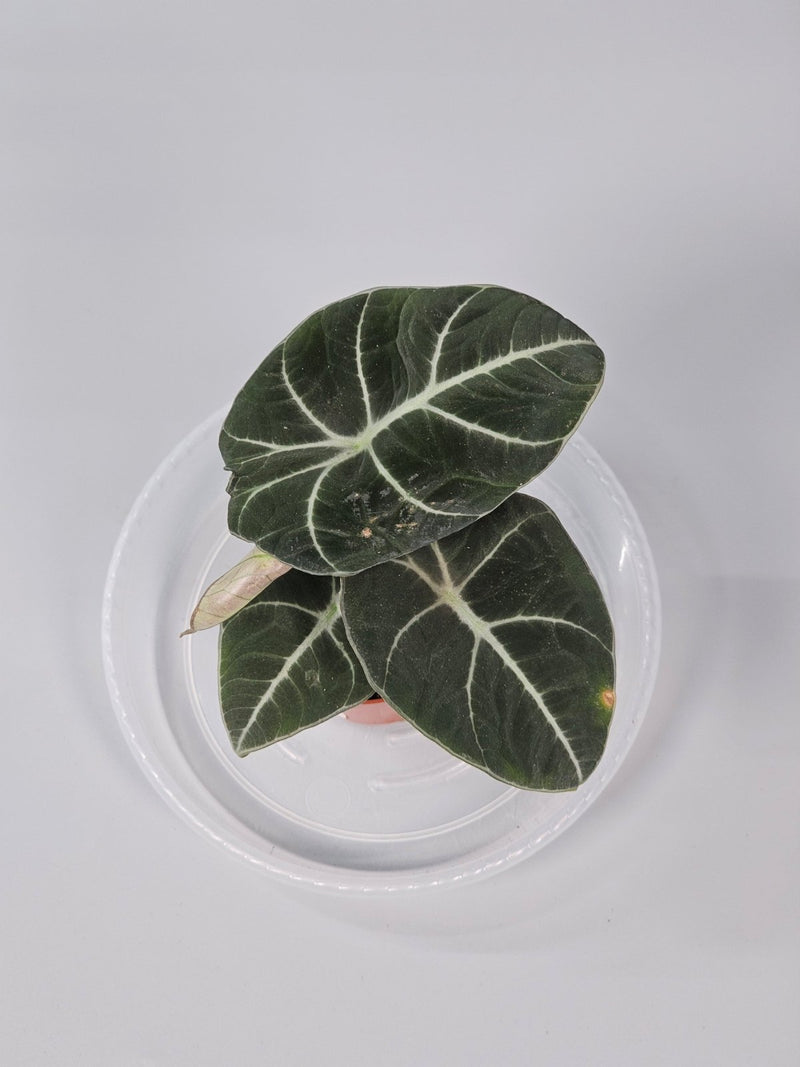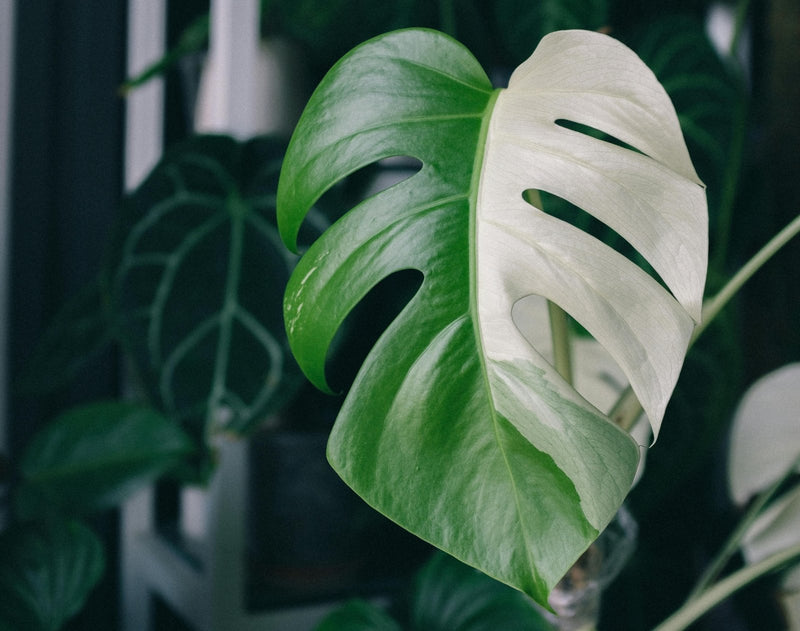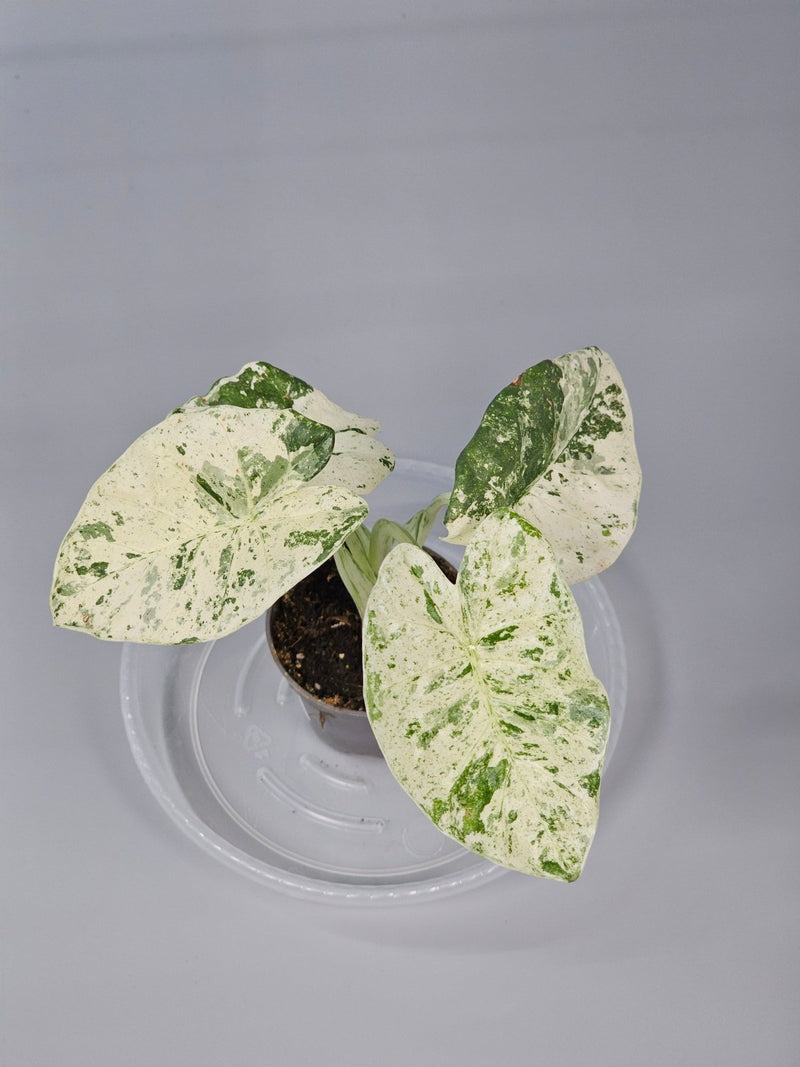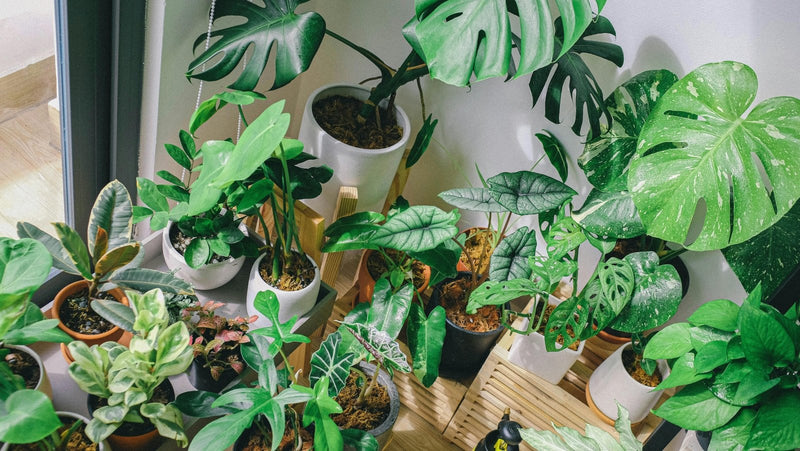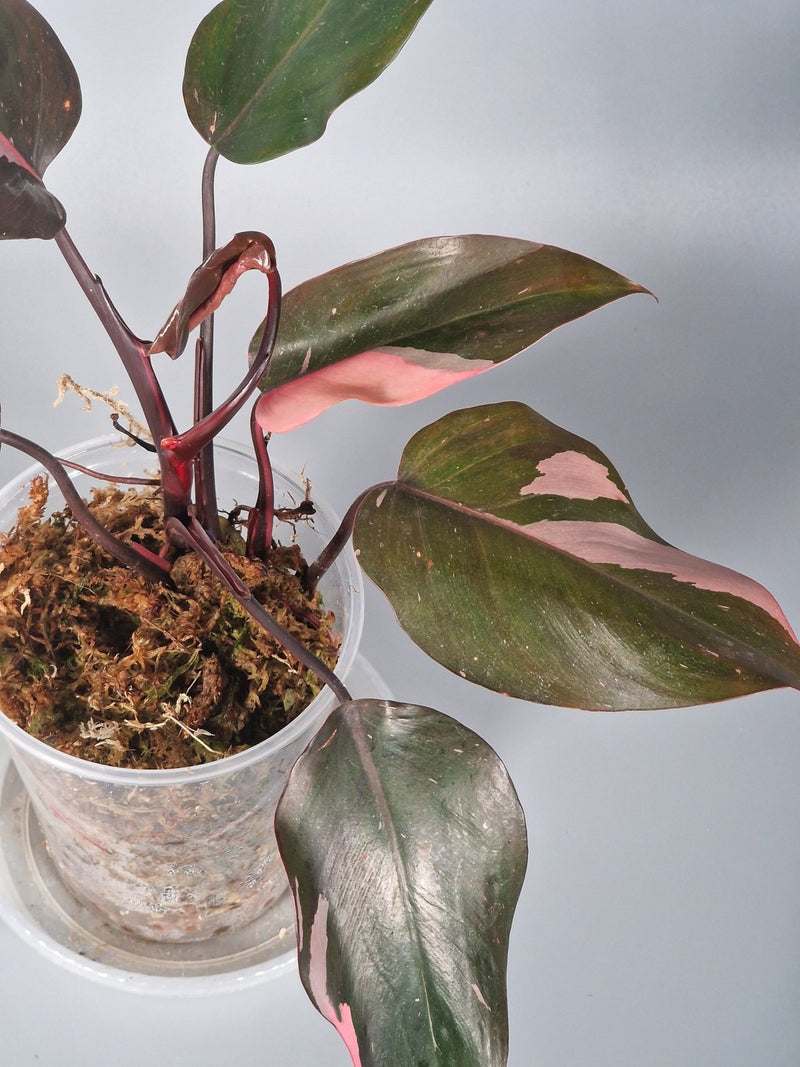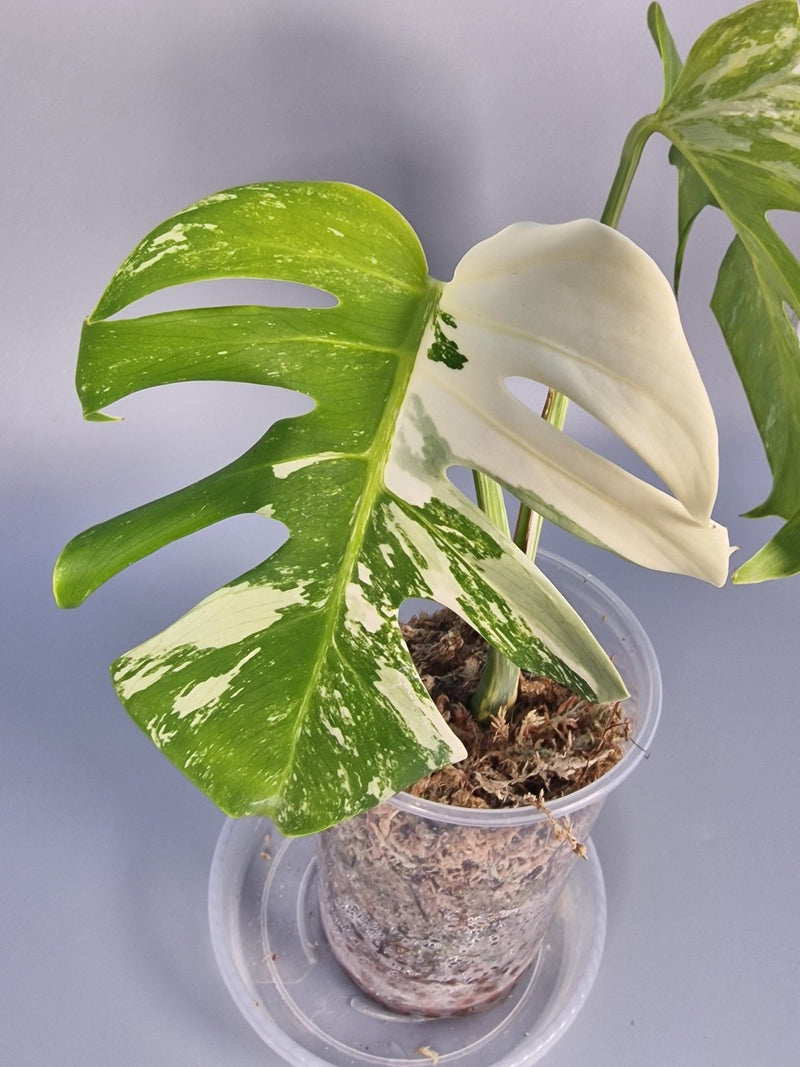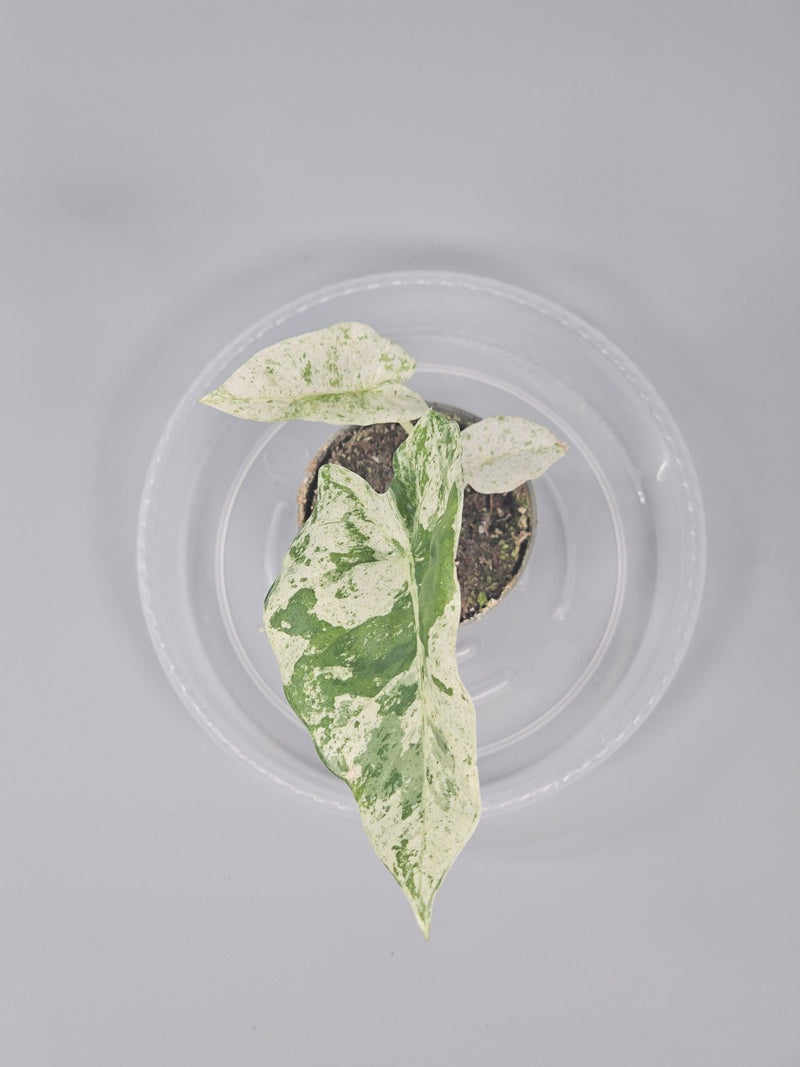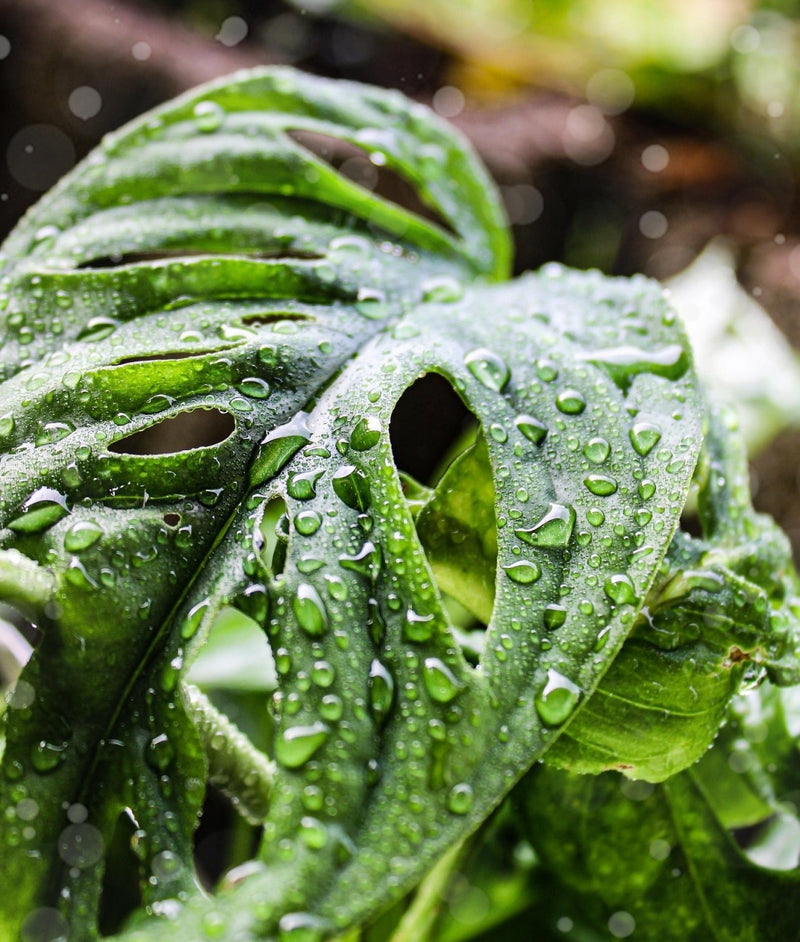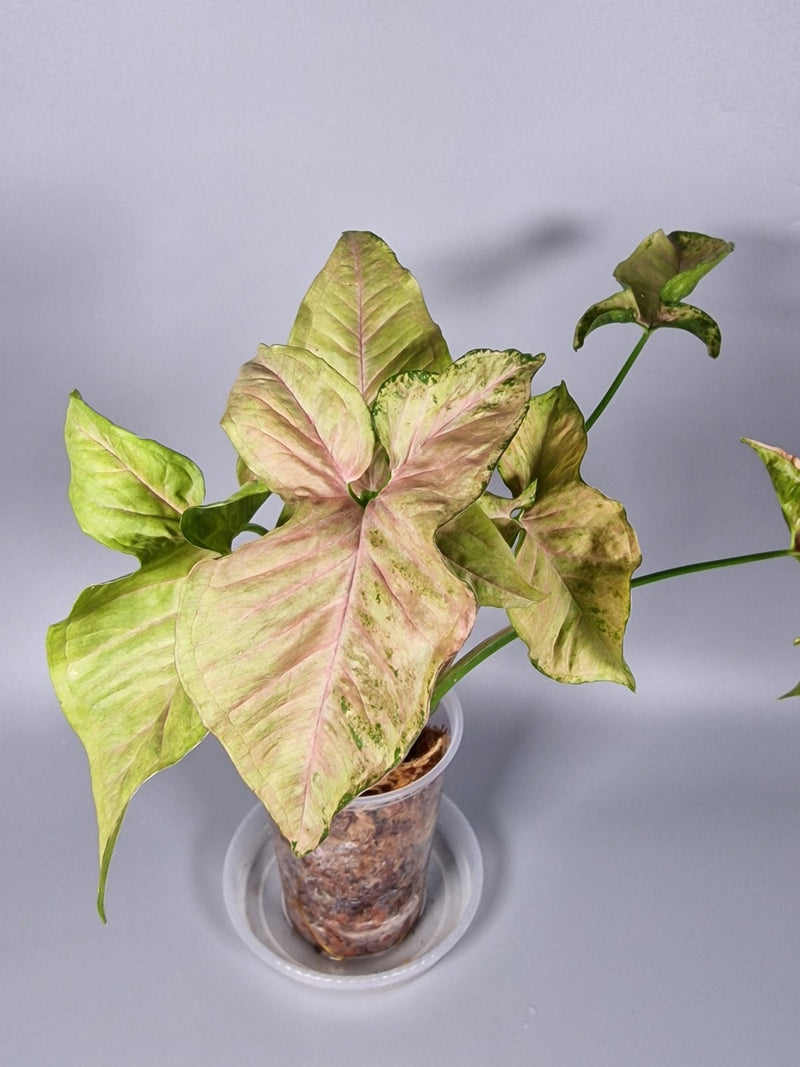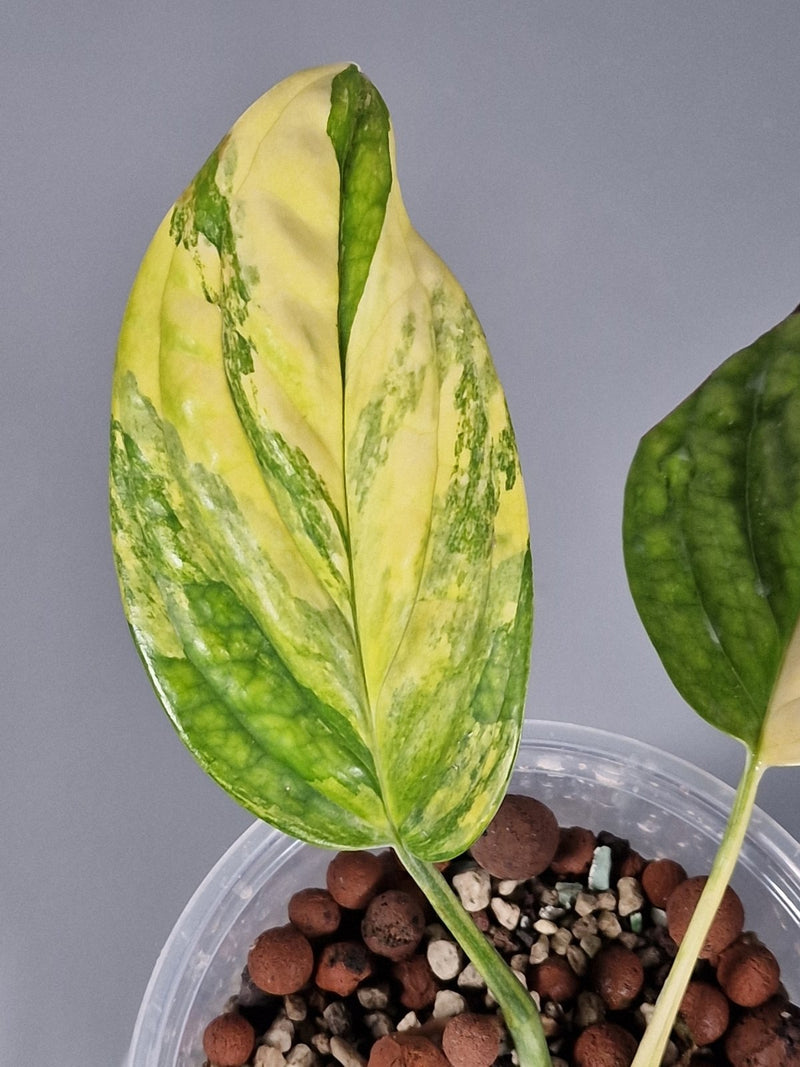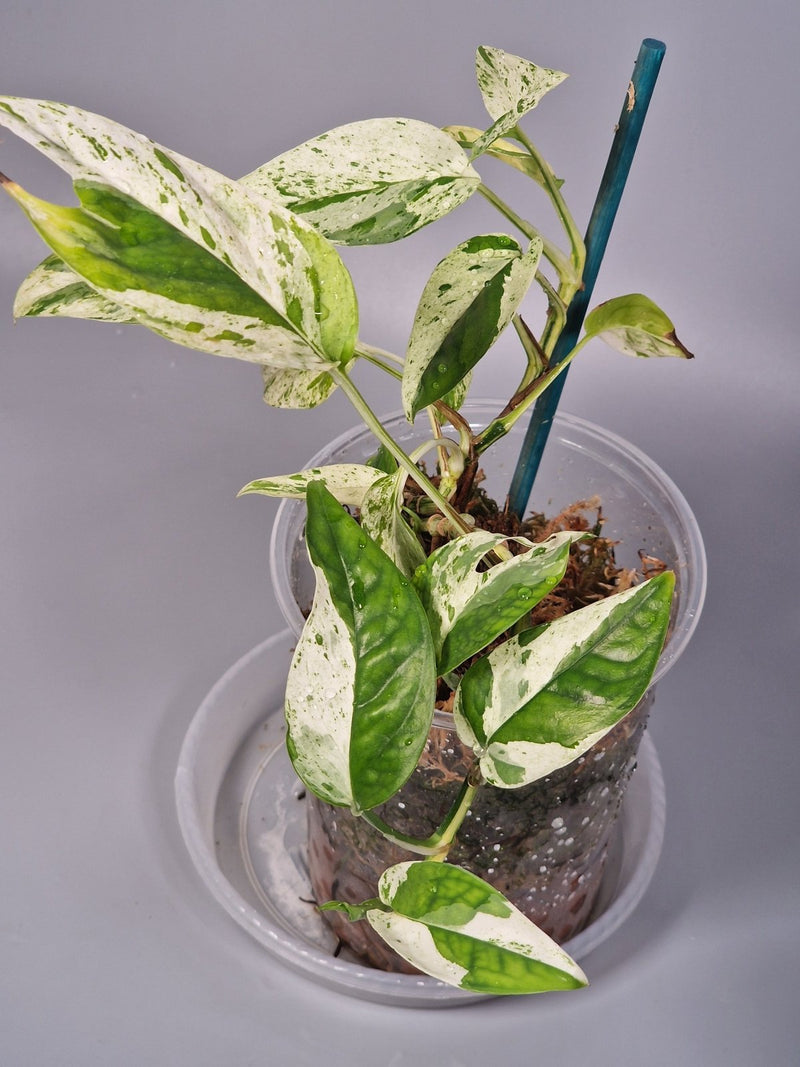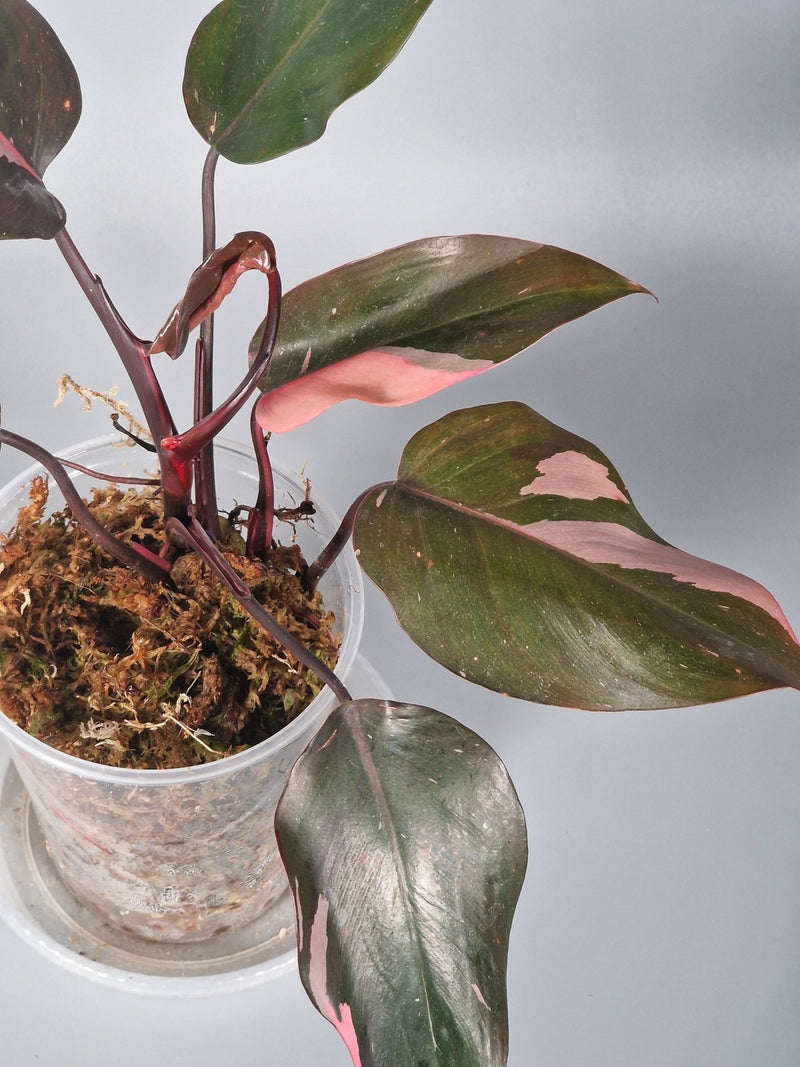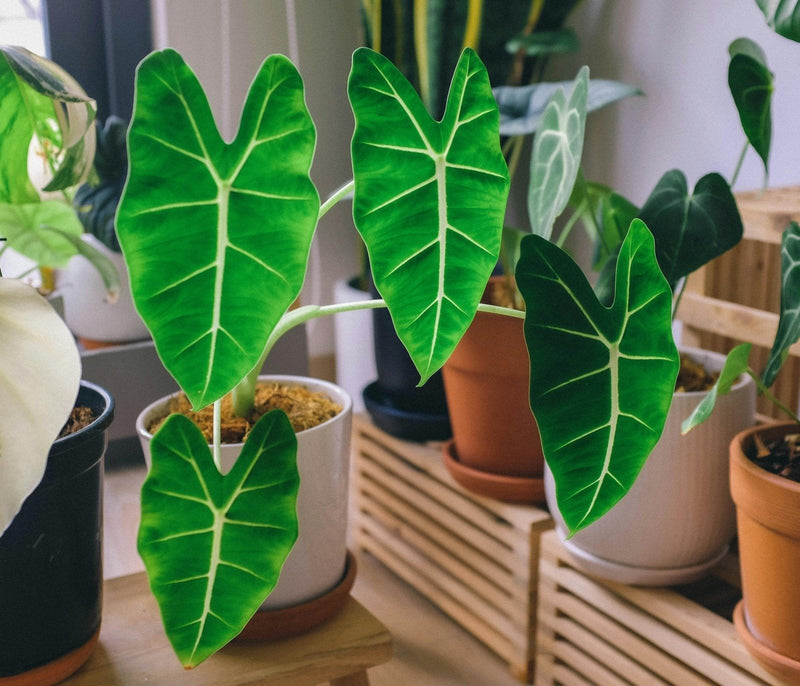Top 7 Reasons Your Philodendron Isn’t Growing
Philodendrons, with their lush, green foliage, are a staple in many plant collections, especially among enthusiasts of rare houseplants. However, sometimes these robust plants can suddenly stop growing. If your philodendron has been looking a bit lackluster, here are seven potential reasons why and how you can encourage it back to health.
1. Inadequate Light
Light is a fundamental aspect of plant growth. Philodendrons thrive in bright, indirect sunlight. Too little light can lead to slowed growth and smaller leaves, while too much direct sunlight can cause leaf burn. To remedy this:
- Position your philodendron where it can receive filtered sunlight, such as near a window with sheer curtains.
- If natural light is limited, consider using grow lights.
2. Improper Watering
Both overwatering and underwatering can stress your philodendron, leading to poor growth. Philodendrons prefer their soil to be consistently moist but not soggy. Tips for proper watering include:
- Water when the top inch of soil feels dry to the touch.
- Ensure the pot has good drainage to prevent water from sitting at the roots.
3. Nutrient Deficiencies
Lack of essential nutrients can stifle your philodendron's growth. Regular feeding during the growing seasons (spring and summer) can make a big difference. Use a balanced, water-soluble fertilizer every four to six weeks. If you notice yellowing leaves or stunted growth, it might be time to replenish the soil or consider a foliar feed.
4. Pot Size and Root Bound
A pot that's too small can restrict your plant's root system, which can severely impact its growth. If your philodendron's growth has stalled, check if it's root-bound by gently removing it from its pot. If you see roots circling tightly around the soil, it's time to repot into a slightly larger container.
5. Humidity and Temperature
Philodendrons are tropical plants, so they flourish in warm and humid environments. If your home is too dry or experiences drastic temperature fluctuations, this could be stressing your plant. Try to maintain a room temperature between 18-25°C and increase humidity with a humidifier or by placing a water tray near your plant.
6. Pests and Diseases
Pests like spider mites, mealybugs, and aphids can hinder your philodendron's growth by sapping vital nutrients from the leaves. Regularly inspect your plant for signs of infestation and treat promptly with insecticidal soap or neem oil. Also, watch out for common diseases such as root rot, which is often caused by overwatering.
7. Poor Soil Quality
The right soil mix can make a significant difference in the health of your philodendron. These plants prefer a well-draining, nutrient-rich soil. Consider mixing in perlite or vermiculite to improve drainage and aeration. Refreshing the soil every couple of years can also help maintain nutrient levels.
FAQs About Growing Philodendrons
Q: How often should I repot my philodendron?
A: Generally, repotting every 2-3 years or when the plant becomes root-bound is recommended.
Q: Can philodendrons grow in artificial light?
A: Yes, philodendrons can thrive under grow lights, especially if natural sunlight is insufficient.
Q: Are philodendrons toxic to pets?
A: Yes, philodendrons can be toxic if ingested. It's best to keep them out of reach of pets and children. For pet-safe options, check out this article.
Understanding the specific needs of your philodendron can transform it from stagnant to thriving. With the right care, these beautiful rare houseplants can be a lush, vibrant part of your indoor garden. For more tips on caring for other types of rare houseplants, explore our full collection.


